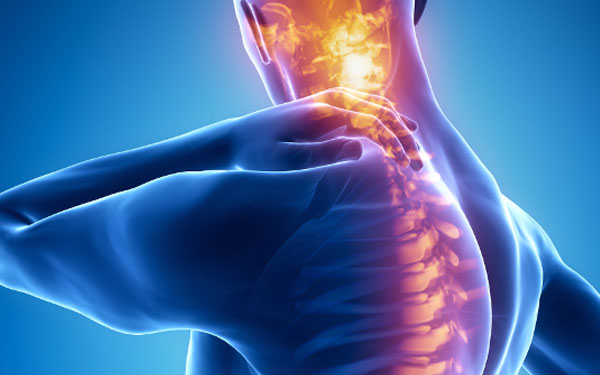Neuropathic pain is a complex, chronic pain condition caused by damage or dysfunction of the nervous system. Unlike nociceptive pain, which arises from damaged tissues, neuropathic pain originates from abnormalities in the nerves themselves. This article explores the causes, symptoms, and implications of neuropathic pain, aiming to provide a comprehensive understanding of this debilitating condition.
Causes of Neuropathic Pain
Neuropathic pain can result from various underlying conditions or injuries that affect the nerves. Common causes include:
Diabetes Mellitus
Diabetic neuropathy is a type of neuropathic pain that develops due to prolonged high blood sugar levels damaging nerves throughout the body, particularly in the extremities.
Trauma or Injury
Physical trauma, such as accidents or surgeries, can damage nerves directly, leading to neuropathic pain that persists long after the initial injury has healed.
Infections
Certain infections, such as shingles (herpes zoster), HIV/AIDS, and Lyme disease, can damage nerves and cause neuropathic pain.
Autoimmune Diseases
Conditions like multiple sclerosis (MS) and lupus can lead to autoimmune reactions that damage nerves, resulting in neuropathic pain.
Degenerative Disorders
Conditions like spinal cord injury, herniated discs, and other degenerative spinal disorders can compress or damage nerves, leading to chronic neuropathic pain.
Toxic Exposure
Exposure to certain toxins, such as chemotherapy drugs or heavy metals, can damage nerves and cause neuropathic pain as a side effect.
Symptoms of Neuropathic Pain
Neuropathic pain is characterized by a range of symptoms that can vary in intensity and type, including:
Burning Sensation
A common symptom is a persistent burning sensation that may be localized or spread along the affected nerve pathways.
Electric Shock-like Sensations
Some individuals experience sudden, sharp electric shock-like sensations that radiate along the nerves.
Tingling or Pins and Needles
Many people with neuropathic pain report sensations of tingling, pins and needles, or numbness in the affected areas.
Increased Sensitivity
Hyperalgesia (increased sensitivity to pain) or allodynia (pain in response to non-painful stimuli) are common, where even light touch or pressure can cause discomfort.
Spontaneous Pain
Neuropathic pain can occur spontaneously, without any apparent trigger, and may fluctuate in intensity throughout the day.
Muscle Weakness or Atrophy
In severe cases, nerve damage from neuropathic pain can lead to muscle weakness or wasting over time.
Diagnosis and Treatment
Diagnostic Methods
Diagnosing neuropathic pain often involves a comprehensive medical history, physical examination, and diagnostic tests such as nerve conduction studies or imaging scans to identify nerve damage or compression.
Treatment Approaches
Treating neuropathic pain can be challenging and often involves a combination of approaches tailored to the individual’s specific condition:
-
Medications: Anticonvulsants (e.g., Pregabalin, Gabapentin) and certain antidepressants (e.g., Amitriptyline, Duloxetine) can help manage neuropathic pain by altering nerve signals.
-
Physical Therapy: Techniques such as massage, stretching exercises, and nerve stimulation can provide relief and improve mobility.
-
Psychological Support: Cognitive-behavioral therapy (CBT) and counseling can help individuals cope with chronic pain and improve their quality of life.
-
Surgical Interventions: In some cases, surgery may be necessary to repair or decompress nerves causing neuropathic pain.
Living with Neuropathic Pain
Daily Management
Managing neuropathic pain involves adopting healthy lifestyle habits, including regular exercise, stress management techniques, and maintaining a balanced diet to support overall well-being.
Support Networks
Building a support network of healthcare providers, family, and friends can provide emotional support and practical assistance in coping with the challenges of chronic pain.
Conclusion
Neuropathic pain is a complex and often debilitating condition caused by nerve damage or dysfunction. Understanding its causes, symptoms, and treatment options is crucial for effective management and improving quality of life for individuals living with this chronic pain condition.










